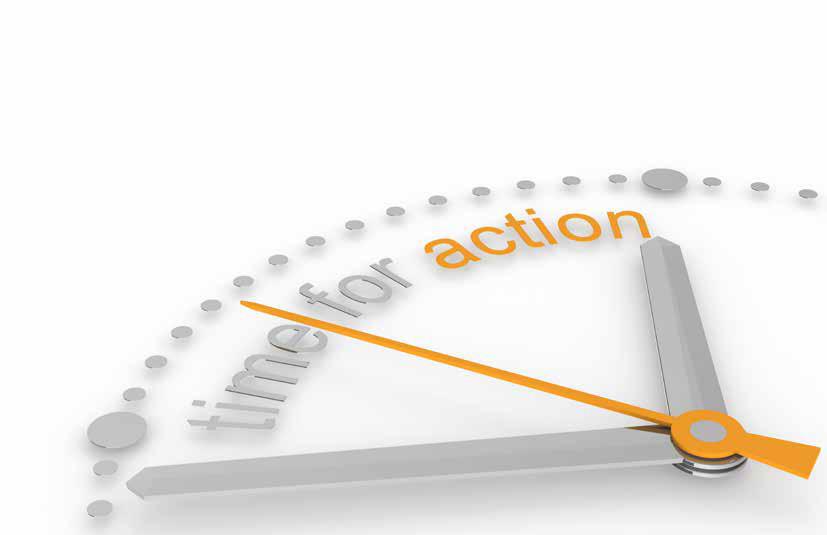







When we become Scouts, we make a commitment to Scouting Values (i.e. our Scout Promise and Law) to help other people, to serve my community and to protect nature as an active global citizen.
Being an active global citizen means that you develop your awarenss of community needs around you in the world and use your actions to bring a positive change to your community.
As a Scout you will be a member of a small team - a Patrol / Six/ Unit or crew who can work together to undertake various actions within your community or you can work in partnerhsip with local community groups too.
Anything that will have an impact and create harmony within the community. There are many opportunities within your community some obvious and others that need to be uncovered. It might be a simple act of helping others or a bigger project that will transform a building or piece of ground to become a community resource.
Look around and explore. - this is the first and most important step. You will be enthusiastic to just do something but wait a minute, take a deep breath and look and observe. What is actually happening in your community, what are the things that you and your Patrol can do well and acheive? Your first ideas may be good but perhaps do not fulfil a real need for action in your community. If in doubt ask questions to find out what the community need is.
Scouts should be directly involved in every step of the process. The project is decided, managed, completed and evaluated by young people themselves, with the support of adults. The more young people are involved in the process, the more they will develop awareness and acquire skills and capabilities. However, this does not mean that the Scouters should be inactive. On the contrary, they have to be very active in guiding and supporting the young people.

You need to do a community survey to identify opportunities and challenges related to people, peace or the planet.
You then need to identify which challenges you can do your Better World project on.
There will be many such challenges and it will not be possible to do everything straight away so pick the challenges you can do with the time you have.
Exploring Planet, People and Peace themes:
Planet: different times of the year the weather may be diffrerent than expected due to climate change or pollution may have a negative impact. Rain, wind. heat and cold can affect the challenges people, habitiats and animals face - flooding, drought or high winds.
People: understanding the diversity in our community builds undestanding and empathy. By appreciating different language, religions, food and customs you can work with different people and understand local community needs better.
Peace: various communities experience different forms of conflict, many related to discrimination. Understanding the root causes of injustice and understanding equity and fairness can help you to better navigate difficult conversations and show solidarity with communities who need your support.
Whatever you discover within your community it is important then that you communicate and involve people from the beginning so that they know what you plan to do and perhaps can help also.
• Be clear of what you want to achieve
◦ What are the key elements that need to be included in your project?
• Have a vision of how your community can be different?
◦ Creating and sharing a vision is a good way motivating others to be involved. The members of your Patrol or group as well as members of the community should be part of setting out a vision for the future.
• Identify your current starting point
◦ It is important to be realistic in assessing what you can do – in Scouting and in the community - and use this as the starting point for your planning.
• Set priorities
◦ It will not be possible to do everything. Decide what actions will have the greatest impact and focus on these.
• Be realistic with your plans
◦ It is much better to do a few things well and achieve results than have half-finished ideas with no achievements. Review progress regularly and don’t be afraid to change your plans to respond to changing circumstances.
• Doing your Project
◦ Planning can be fun but you will only make a difference when your plans are completed. All Scouts should be involved in activities relevant to their age and experience.
• Review your plans, actions, activities and successes
◦ Everyone involved in the project should have the opportunity to be involved in the review process. Two aspects of the project should be evaluated – the impact on the community and the changes in the young people.
◦ Participating in projects, on a small or large scale, does not require you to set aside your normal scouting activities; it is about using these as a means of achieving your dreams and challenges.
◦ Scouting - through the actions of its members can make a difference and create a better world. Let’s show others the difference that we can make and remember to tell others what you have done.

People are knowledgeable sources of information about the community in which they live. As such, they are a valuable resource to begin the community assessment process. Direct observation of community members, events and relationships can gather information about how people interact with each other and about daily activities.
Direct observation is a good starting activity for the community assessment. With direct observation, as with all of the community assessment tools, it is important to have a structured method for recording information. It may be
A transect walk is a walk through the community to observe people, the surroundings and community resources. During the walk, it is important to note different sites and the landscape of the area, and to consider the effect on the community of their environment.
Allied with direct observation, a transect walk can help to identify issues and capacities that exist in a community. It will give a good overview of the community, and can help identify aspects that need further research or more information to be gathered. It can also be used to verify information that is gathered by other methods.

helpful to take notes at the time and develop a format for recording information: who was observed, under which conditions, at what time, and why was it important.
Because direct observation can be subjective or influenced by our own biases or assumptions, it is always good to validate observations with other community assessment methods and by speaking with local people or community groups.
A transect walk is useful at the beginning of the community assessment process because it is highly visible, allowing you to explain why information is being collected about the community.
Information that can be gathered with a transect walk includes:
• danger zones, shelters and local resources
• land use and the effect of the environment on the community
• health issues
• commerical activitiy
• social environment, such as sports fields, markets, religious buildings, shopping areas, restaurants
• physical environment, such as water resources, housing, roads, waste disposal
The route for the transect walk can be decided by drawing a line through a community map that transects or goes through all the different zones in the community. Alternatively, one could walk from the highest to the lowest point or from north to south. It is important to plan the walk and to agree on how to record the information that is collected.
Make sure to talk to community members and to ask their opinions about what is observed or recorded. After the transect walk, all important information must be recorded.

Produce a number of seasonal maps that show your community at periods of stress and danger. These maps will allow you to discover opportunities for actions as changes taking place in a community over one year. It can be used to show events such as flooding, windy or cold weather, and activities such as carnivals, holidays, cultural festivals etc.

Looking Observe people. Are they happy, sad, frightened, anxious? Observe their environment. Is it safe, secure and comfortable?
Listening Practice listening to individuals and groups. Listen to what is actually said Listen carefully to find the exact meaning of what has been said.
Feeling Show understanding of people’s situations and be respectful.
Learning Learn to understand why others may find something is a priority or a problem, even if you do not agree. Learn to change ideas if the situation changes. Learn from mistakes. Learn from each other.

Knowing how to organize Work with others to solve problems. Motivate and encourage them.
Checking whether people have understood
Pay attention to check whether people understand what you are saying. Take time to find out if people understand you.
The Scouts participate in exploring topics - identifying problems in their communities.
Scouts analyse the information that they have collected and develop a personal response to the problem that they have identified. They become aware of the human dimension to the topic and develop a sense of empathy, involvement and commitment.
The Scouts seek practical ways to contribute to solving the problem that they have identified. Together they plan and implement a project, with the help of adults and possibly involving external experts.
The project developed by the Scouts should not only be a vague intention. It should have an impact and produce a change in the young people themselves and in the community. Through the process, the Scouts will acquire new attitudes, knowledge and skills. These changes in the young people and the impact on the community need to be evaluated and measured. There will be a real outcome only if it is possible to explain and show how the situation has changed at the end of the project.

A key aspect of this project involves telling others what you have done. You should share your results with key leaders in your community, parents and other people who give you support locally, other Scouts and more importantly the press and other key partners. How you are going to tell your story and who your are going to tell it to should be built into your project at the very beginning and developed as you progress.




